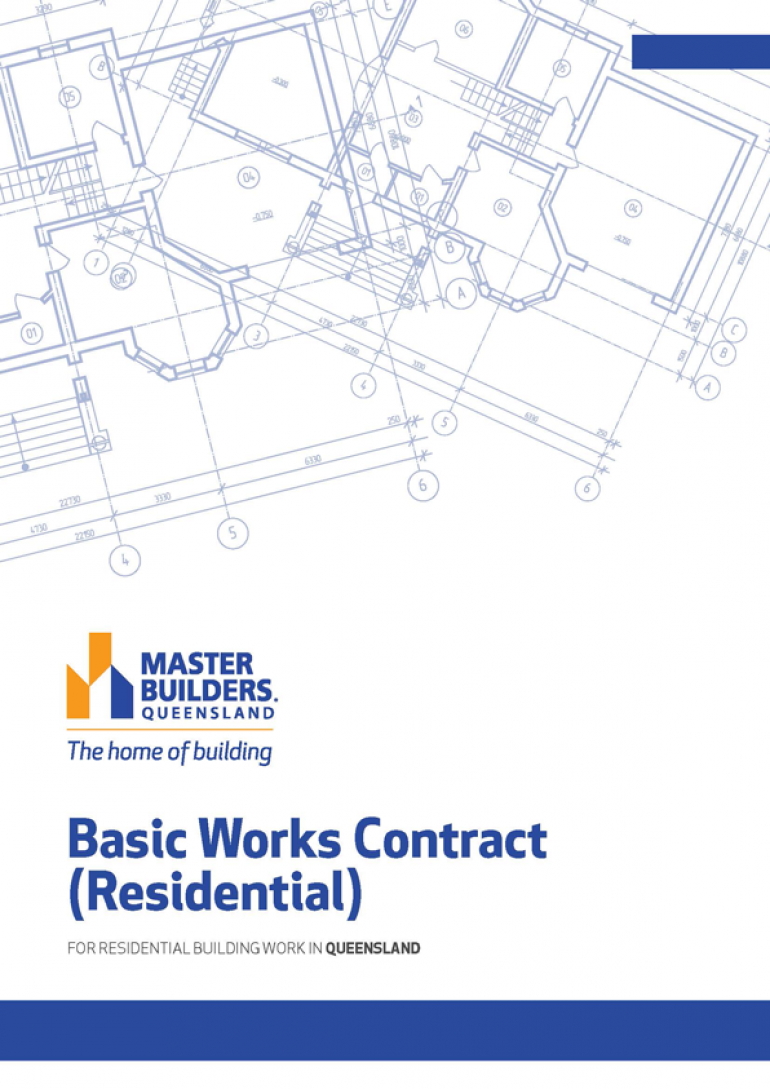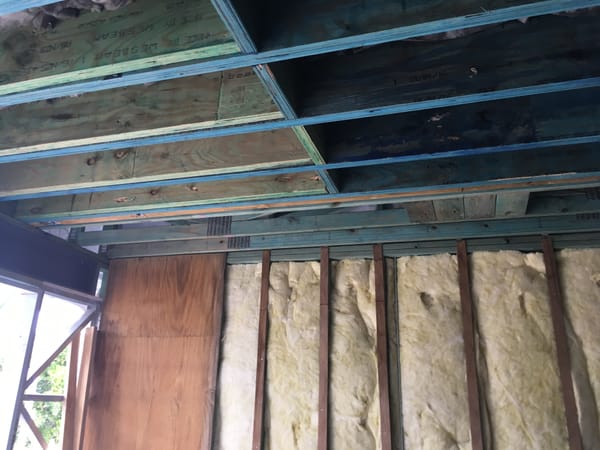When it comes to building your dream home, the building specification and schedule of fittings are two important parts that will determine how well your project goes.
A schedule of fittings lists all of the fixtures and fittings that will be installed, while building specification documents list the materials, work, and building methods that will be used in your project.
In this article, we'll answer some of the most common questions about building specifications and fittings schedules. This will give you the information you need to make smart decisions about your project.
What information does the building specification document contain?
In the building specification document, you can find information about the materials and work that will be used in your building project. It says what kind of materials are to be used and how they should be made.
It also says how the building should be put together. This document is important because it makes sure that everyone working on the project is on the same page and that there are no misunderstandings or disagreements about the materials and methods used.
It usually has information about the foundation, walls, roof, insulation, windows, doors, flooring, and other parts.
Depending on the contract your builder uses will determine if they break down the building specification into a separate contract document that details each element and its quantity, or if they simply refer to the "standard specification" document that should be read in conjunction with the building contract, plans and details.
Im my opinion, the best building contract are those the detail each specification item, its location and its quantity, much like a Bill Of Quantites. In this way there is no ambiguity as to the exact number of fixtures, for example, in a bedroom becuase it will be clearly spelled out in the document.
Contracts that refer to "standard specifications" in the context of how many fixtures are there in my bedroom, would only provide an answer like "ample light fittings." This means a home owner must refer to the plan and how many light fittings are shown on the plan as this is the definition of "ample" - what has been drafted on the plan.
The bill of quantity style specification and schedule of fittings, like the QMBA (QLD) Contract, take much longer to fill out than the likes of the QBCC Contract for this reason. The QBCC contract only references other documents rather than detailing the exact inclusions.

How do I know if my construction specifications are up to code?
There are several ways to make sure that your building meets all the rules. To start, you can ask a qualified and experienced builder or an engineer, contract administrator or a architect to look over the document and give you feedback.
They will be able to find any holes in the specification and suggest ways to make it better. You can also look at industry standard contracts, like the QMBA or HIA contract and compare them to what you have been presented with.
You can also ask yourself a simple question like "do i know exactly how many light fittings there are in the master bedroom, what make, model and colour are they." Suppose you have a hard time finding the exact answer. In that case, the answer is ambiguous (you find more than one answer to your question when looking at your plans versus reading your contract and specification) or you are not sure where the answer is at all, it could be that the contract documentation is not clear, is poorly written or is just wrong.
When in doubt - do not sign a contract until you have a definitive answer and the answer is detailed on contract documents (plans are updated, schedules are amended).
What is a suitable schedule, and why is it necessary?
A fittings schedule is a document that lists the taps, sinks, toilets, and light fixtures that will be installed in your project. It is very important because it ensures everyone working on the project is on the same page and that the correct parts are ordered and put in place.
Without a fittings schedule, there is a chance that the builder, the client, and the suppliers will not understand each other. This can cause delays and extra costs.
Can I change the fitting schedule once it's been approved?
The fitting schedule can be changed after it has been approved, but it is hard and can be expensive to do so. Any changes must be told to the builder and suppliers, and getting more materials or people to work on the project may be necessary. Builders charge variation fees for any changes made after the contract is signed - unless the change was due to a mistake the caused.
Depending on the stage of the project, changes can also cause delays, which can be frustrating and inconvenient for everyone involved.
It's important to think carefully about the fittings schedule during the planning stage and make any necessary changes before construction starts.
How can I make sure my fixtures are put in on time?
To make sure your fittings are installed on time, it is important to have a clear and detailed schedule of fittings and to share this schedule with everyone who is working on the project.
You should also work closely with your builder to track how things are going and ensure that the right parts are installed at the right times.
Regular site inspections and progress meetings can help find problems or differences early on so they can be fixed quickly and the project stays on track.
What effect does the building specification have on construction costs?
The building specification can have a significant impact on construction costs. Materials and work of higher quality will usually cost more than those of lower quality, and more complicated building methods may require more labour and time.
It's important to find a good balance between cost and quality, as well as to think carefully about which features are most important to you.
Working with an experienced builder or architect can help you come up with a plan that fits your needs and your budget, as well as make sure your project is done well.
Can I negotiate with my builder about the building specifications and fittings schedule?
Yes, within reason. You can talk to your builder about the details of the building before you sign your contract and things can be adjusted.
Builders often create "standard specifications" so generally you choose a specification that suits your budget but you can always add or remove specification elements including upgrading them to a high specification item or downgrading it to a lower specification item.
But remember that any changes after contract signing will almost certainly affect the project's overall cost and schedule.
So, it's important to talk to your builder clearly about your priorities and budget and work together to find a solution that works for you.
It is also important to talk about any changes prior to signing your contract as any changes afterwards will incur additional costs to you.
In summary, the building specification and fittings schedule are two important parts of any building project.
By knowing what's in the building specification document and what the fittings schedule means, you can make sure that your project is done to a high standard and meets your needs.
Working closely with your builder, architect, and suppliers, you can make a specification that fits your needs and budget and makes sure your project runs smoothly from start to finish.
Don't forget to talk to each other clearly and often, and to be willing to change and negotiate when needed. With careful planning and attention to detail, you can build the home of your dreams.







